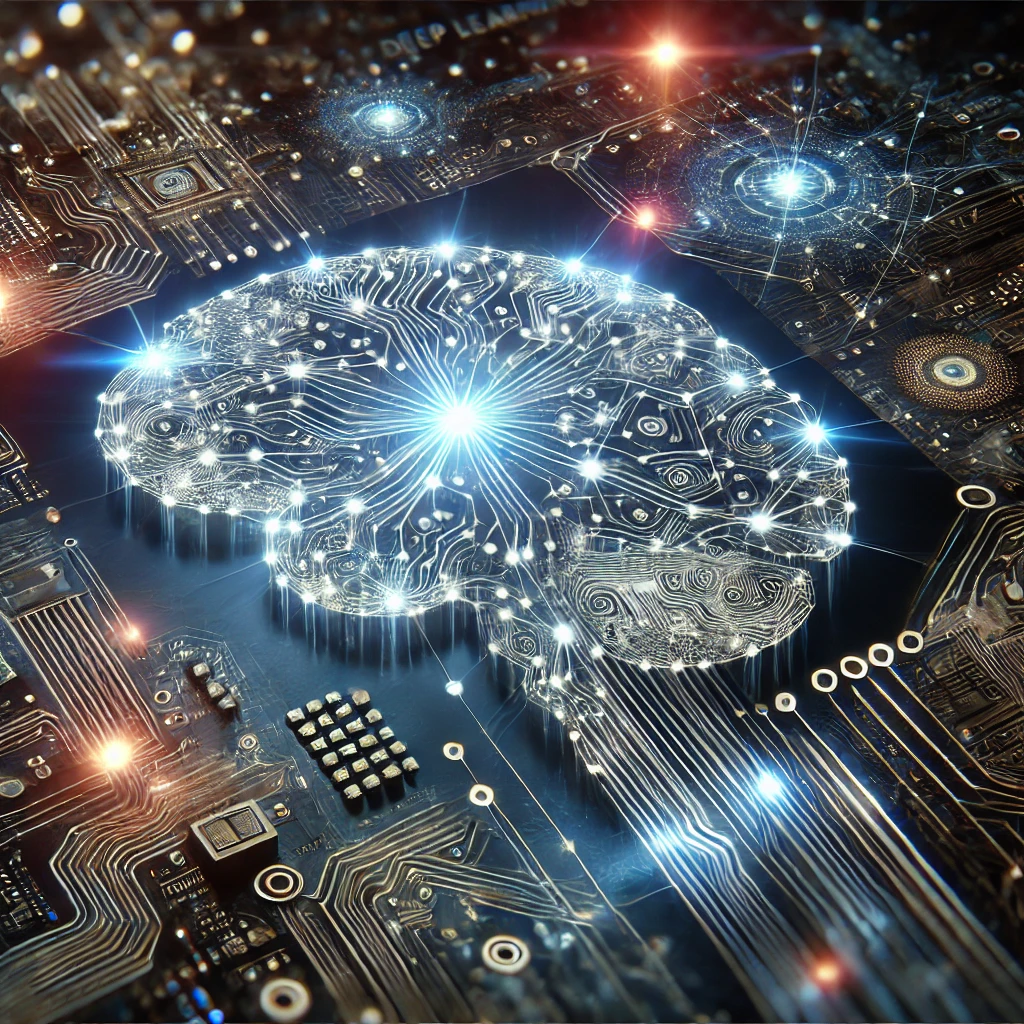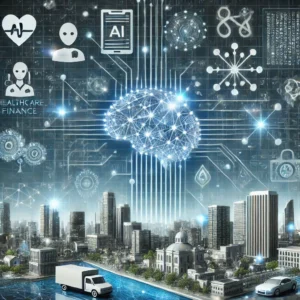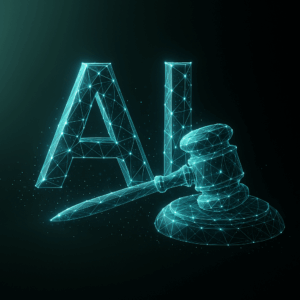
What is Deep Learning and Why It Matters
In today’s tech-driven world, deep learning is revolutionizing industries and changing how we interact with technology. From voice assistants to medical imaging, deep learning has penetrated various sectors, offering solutions that were once considered impossible. But what exactly is deep learning, and why is it so crucial in the AI landscape?
What is Deep Learning?
Deep learning is a subset of machine learning and artificial intelligence (AI) that is inspired by the structure and function of the brain, specifically neural networks. Unlike traditional machine learning, which requires explicit programming for each task, deep learning enables systems to learn from vast amounts of data through a layered neural network.
These neural networks consist of numerous interconnected “neurons” that process input data and progressively refine their understanding to make predictions or decisions.

How Deep Learning Works
At the core of deep learning is a multi-layered neural network known as a deep neural network. These networks are composed of three key layers:
- Input layer: Where the model receives raw data
- Hidden layers: The middle layers where the data is processed and patterns are extracted
- Output layer: Produces the final prediction or decision
Deep learning networks require massive amounts of data to be effective. The more data fed into the system, the better it becomes at recognizing patterns and making predictions. With the help of algorithms, deep learning systems self-adjust and improve accuracy over time.
Applications of Deep Learning
Deep learning is already reshaping industries across the globe. Some of the most prominent applications include:
- Healthcare: AI-powered diagnostics and image analysis tools help doctors detect diseases such as cancer early.
- Finance: Deep learning models analyze market trends and predict stock movements, contributing to better financial decision-making.
- Autonomous vehicles: Self-driving cars rely on deep learning to process sensor data and make real-time decisions.
- Natural Language Processing (NLP): Chatbots, virtual assistants, and translation services all leverage deep learning to improve human-computer interaction.
These applications demonstrate the vast potential of deep learning to create more intelligent systems across various fields.
Deep Learning vs. Machine Learning
While deep learning is often used interchangeably with machine learning, the two are not the same. Machine learning involves using algorithms to analyze data and make predictions, but it requires human intervention to tweak models as needed. Deep learning, on the other hand, learns and improves on its own by processing large datasets through neural networks.
Simply put, deep learning automates much of the feature extraction that machine learning relies on, making it a more powerful, though computationally intensive, method.
Challenges in Deep Learning
Despite its promise, deep learning is not without its challenges. The biggest barriers include:
- Data requirements: Deep learning models need enormous amounts of data, which can be costly and difficult to obtain.
- Computational power: Training deep neural networks requires advanced hardware like GPUs or TPUs to process data efficiently.
- Interpretability: Understanding how a deep learning model arrives at its decisions can be difficult, leading to issues in accountability and trust.
The Future of Deep Learning
As advancements in technology continue, deep learning is poised to have an even more significant impact on the world. From personalized medicine to climate change mitigation, the future holds endless possibilities for deep learning-powered innovations.
Companies investing in AI research and development are likely to push the boundaries of what’s possible, making deep learning a vital part of future technological advancements.
Deep learning is revolutionizing the field of AI by enabling machines to perform tasks that mimic human intelligence. From image recognition to natural language processing, its applications are vast and transformative. While challenges remain, the future of deep learning is bright, promising more advanced, efficient, and capable AI systems.


